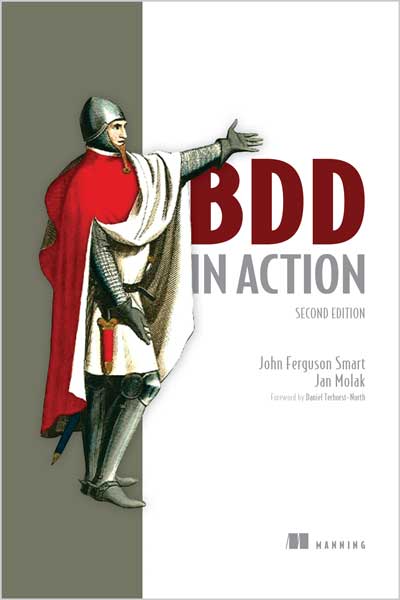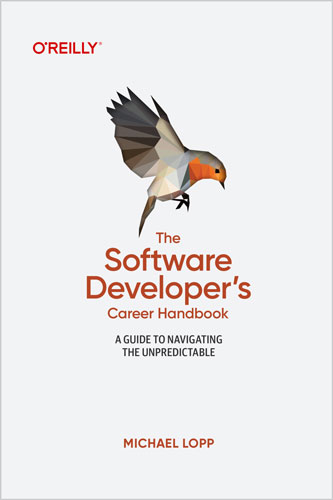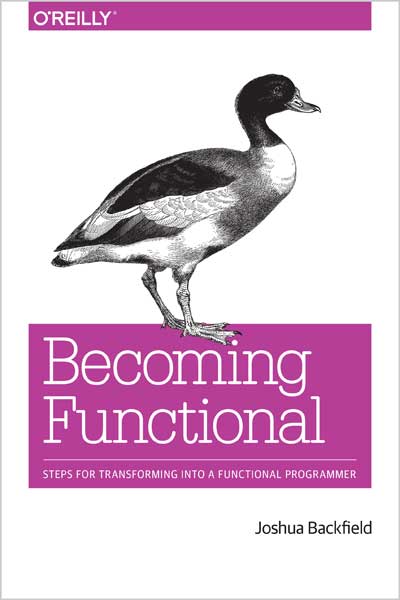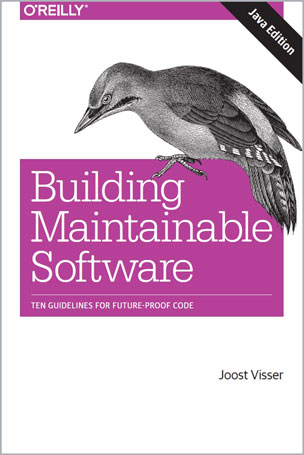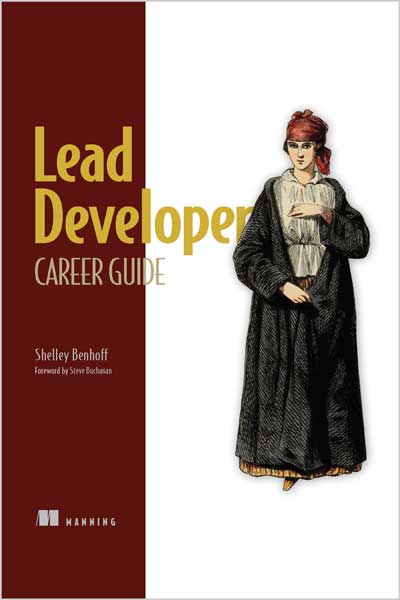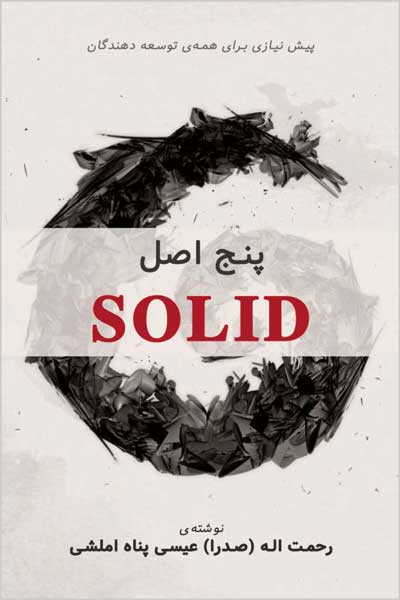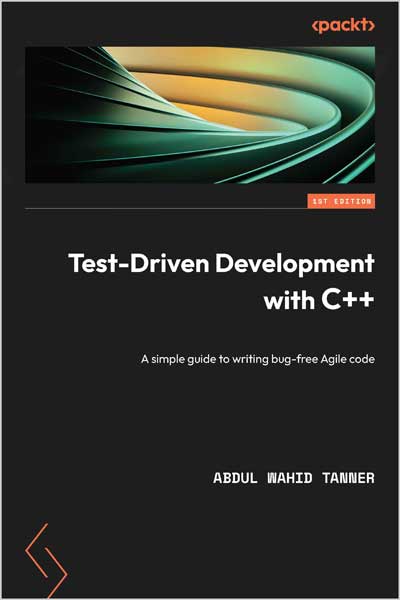Write comprehensive test plans to uncover critical bugs in web, desktop, and mobile apps
Simon Amey
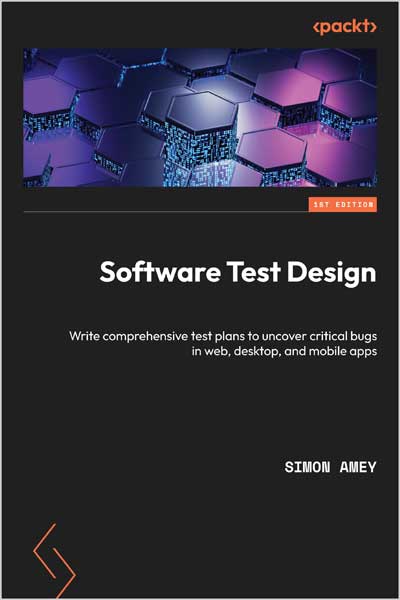
#Software
#Test_Design
#User_Experience
#web_applications
#modern_applications
#security
A guide to writing comprehensive test plans covering exploratory testing and feature specification; black and white box testing; security, usability, and maintainability; and load and stress testing
Key Features
- • Cover all key forms of testing for modern applications systematically
- • Understand anti-patterns and pitfalls in system design with the help of practical examples
- • Learn the strengths and weaknesses of different forms of testing and how to combine them effectively
Book Description
Software Test Design details best practices for testing software applications and writing comprehensive test plans. Written by an expert with over twenty years of experience in the high-tech industry, this guide will provide you with training and practical examples to improve your testing skills.
Thorough testing requires a thorough understanding of the functionality under test, informed by exploratory testing and described by a detailed functional specification. This book is divided into three sections, the first of which will describe how best to complete those tasks to start testing from a solid foundation.
Armed with the feature specification, functional testing verifies the visible behavior of features by identifying equivalence partitions, boundary values, and other key test conditions. This section explores techniques such as black- and white-box testing, trying error cases, finding security weaknesses, improving the user experience, and how to maintain your product in the long term.
The final section describes how best to test the limits of your application. How does it behave under failure conditions and can it recover? What is the maximum load it can sustain? And how does it respond when overloaded?
By the end of this book, you will know how to write detailed test plans to improve the quality of your software applications.
What you will learn
- • Understand how to investigate new features using exploratory testing
- • Discover how to write clear, detailed feature specifi cations
- • Explore systematic test techniques such as equivalence partitioning
- • Understand the strengths and weaknesses of black- and white-box testing
- • Recognize the importance of security, usability, and maintainability testing
- • Verify application resilience by running destructive tests
- • Run load and stress tests to measure system performance
Who this book is for
This book is for anyone testing software projects for mobile, web, or desktop applications. That includes Dedicated QA engineers managing software quality, Test and test automation engineers writing formal test plans, Test and QA managers running teams responsible for testing, Product owners responsible for product delivery, and Developers who want to improve the testing of their code.
Table of Contents
1. Making the Most of Exploratory Testing
2. Writing Great Feature Specifications
3. How to Run Successful Specification Reviews
4. Test Types, Cases, and Environments
S. Black-Box Functional Testing
6. White-Box Functional Testing
7. Testing of Error Cases
8. User Experience Testing
9. Security Testing
10. Maintainability
11. Destructive Testing
12. Load Testing
13. Stress Testing
14. Conclusion
About the Author
Simon has worked in the high-tech industry for over 20 years, in roles as diverse as software engineer, product manager, project manager, support engineer, and operations manager. However, most of his time has been spent breaking other people's code as a tester and test manager.He has worked in organizations as small as thirty people and as large as some of the biggest tech companies in the world; he has seen companies go out of business and worked in those acquired for their technology.All that experience has given him a deep insight into the development process. In particular, he knows the problems cause by inadequate testing, and how to solve them.
